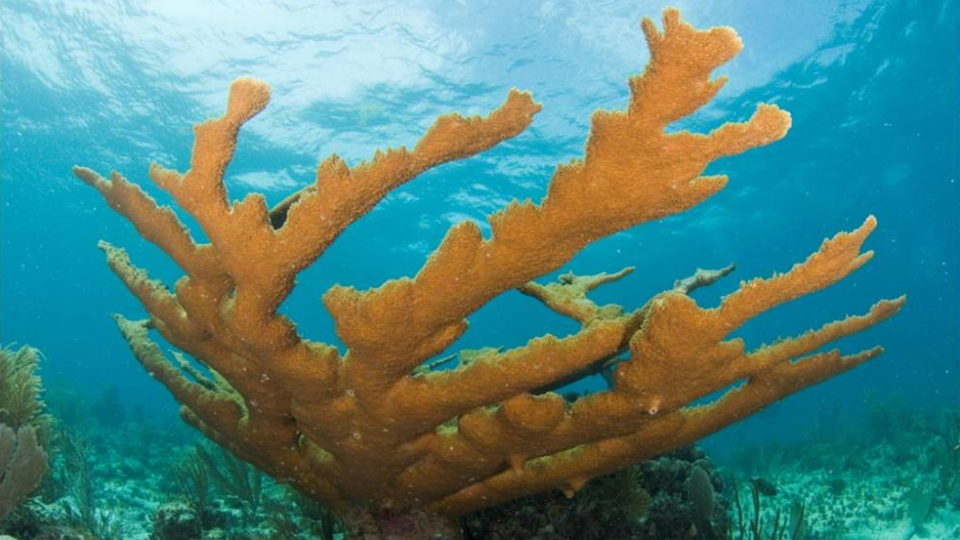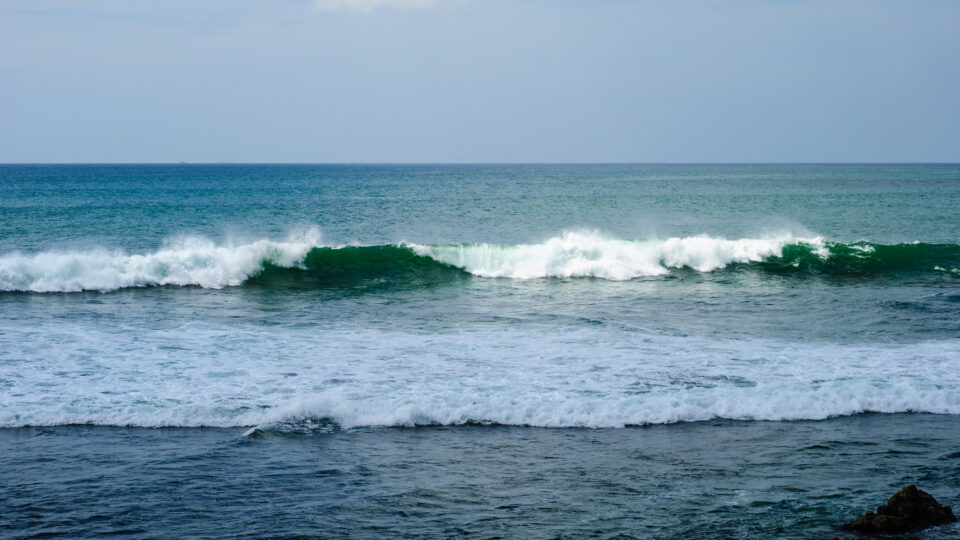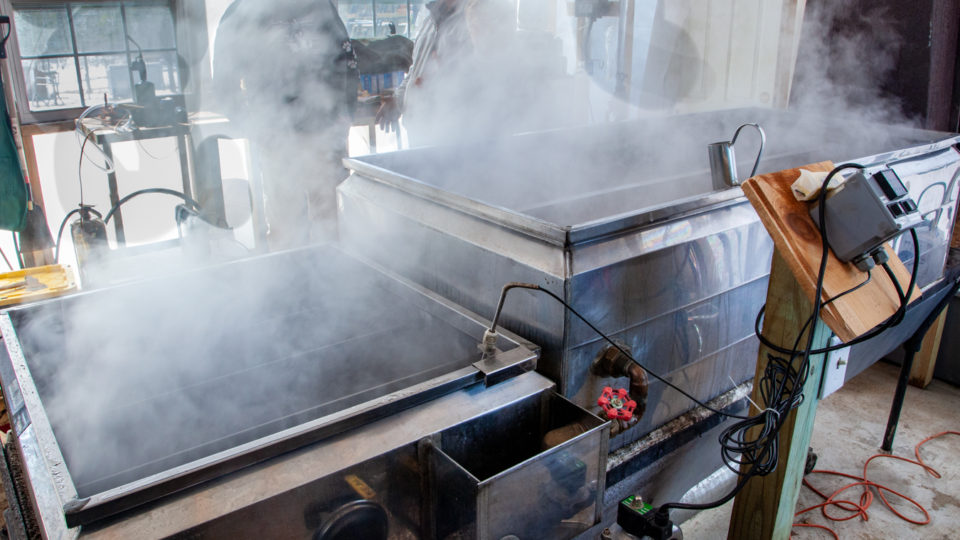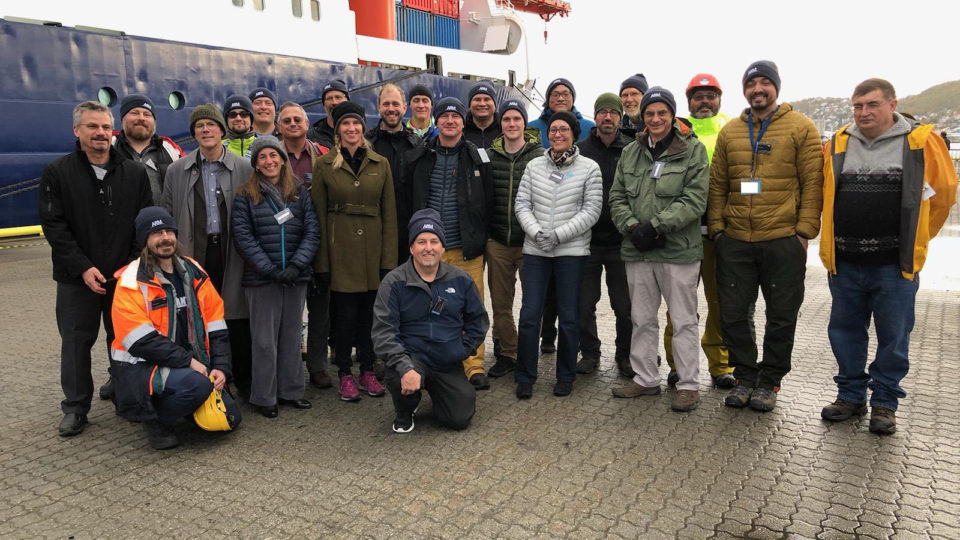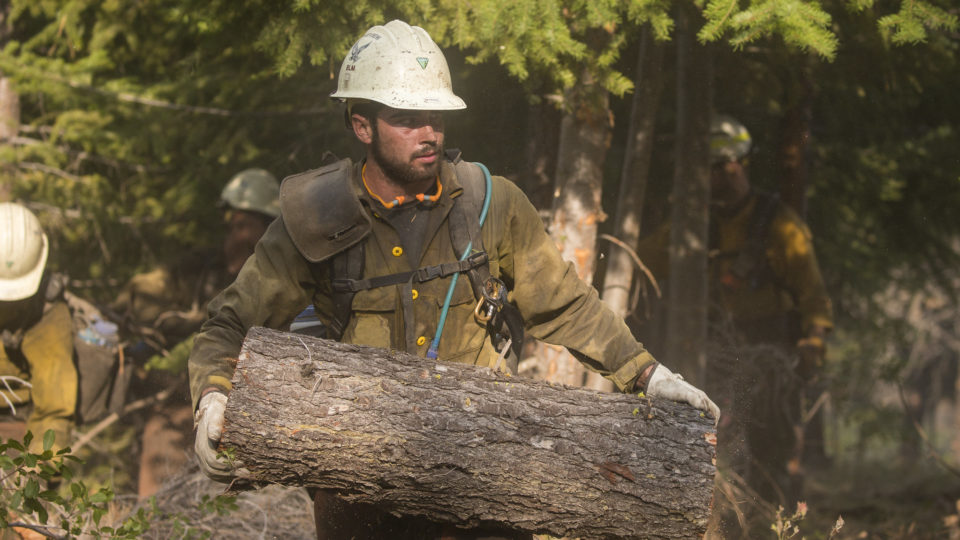When corals are exposed to extended periods of excess heat, they are subject to bleaching, which occurs when they expel the algae that live within their structure. Bleaching can lead to coral death.
This summer, temperatures in the Florida Keys crossed the bleaching threshold in mid-June and remained above it for extended periods of time. This cumulative heat exposure leads to widespread bleaching and significant die-offs. The last major mass bleaching event in the Florida Keys occurred in 2014 and 2015.
The Coral Restoration Foundation has been receiving reports ranging from partial bleaching to mass coral mortality throughout the keys. Several coral restoration sites in the lower Keys have been totally lost already.
The National Oceanic and Atmospheric Administration and its state agency, university, and non-profit partners have initiated actions to try to save Florida’s corals.
They have halted all restoration-related planting and are evacuating some of their nursery-grown stock to climate-controlled labs. They are considering interventions such as shading coral nurseries or even high-value reef sites. They are also considering feeding nursery and wild corals until the waters cool off enough for algae to return.
Modeling indicates that there is a 70-100% chance that the extreme heat in the North Atlantic will persist through September-October. NOAA and its partners will continue to do what they can to save Florida’s Coral Reef for the marine and human communities that depend on them.
**********
Web Links
NOAA and partners race to rescue remaining Florida corals from historic ocean heat wave
Photo, posted April 19, 2012, courtesy of U.S. Fish and Wildlife Service Southeast Region via Flickr.
Earth Wise is a production of WAMC Northeast Public Radio
